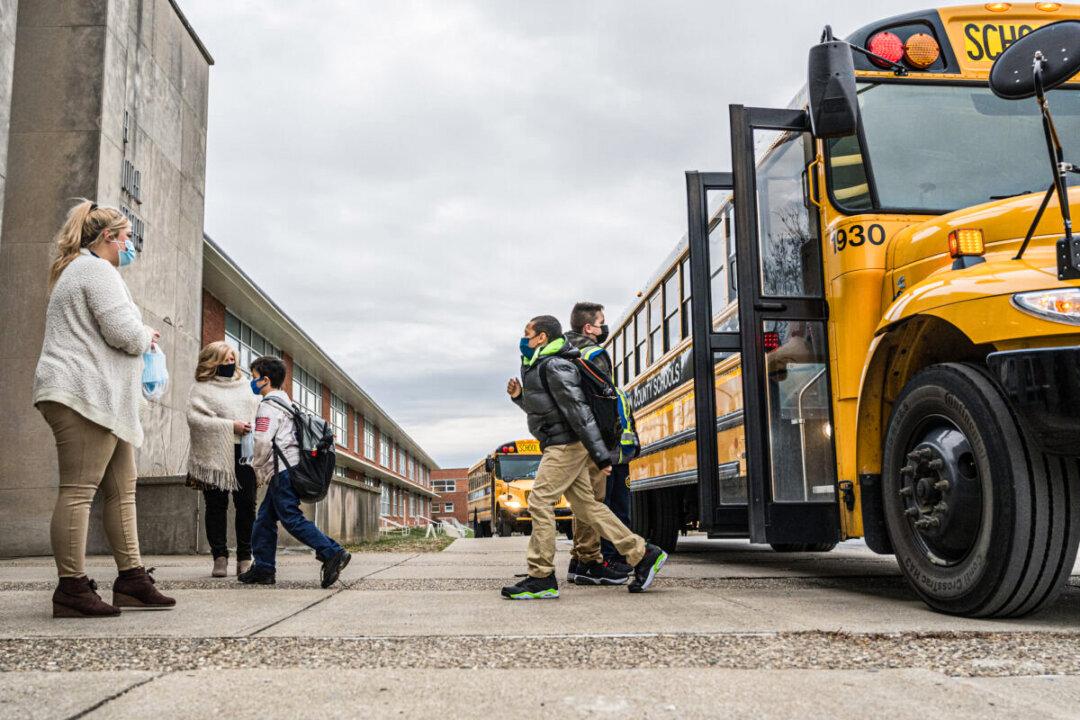Commentary
Saunders Secondary School in London, Ontario is home to approximately 2,000 students. It’s been in the news a lot lately, but not in a good way.

Saunders Secondary School in London, Ontario is home to approximately 2,000 students. It’s been in the news a lot lately, but not in a good way.